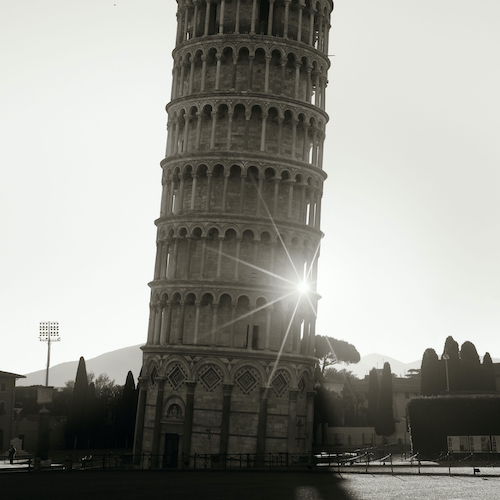Project Insurance Policy is what Contractors would normally refer to as a Contractor’s Works or Contractor’s All-Risks (CAR) policy. This is a misleading description because such a policy does not actually cover “all” risks and eventualities.
The principal purpose of such a policy is to provide cover for loss or damage to property. That is what is referred to as the “insured peril”, loss or damage to property. In this context, property means the works or temporary works.
A CAR policy gives effect to the Insurer to indemnify the Insured against physical loss or damage to property. There is established law on the types of loss, the types of damage, and the type of property.
Under a CAR policy, an Insurer will cover “damage” to the works in the construction contract but will not cover defective design, defective materials or defective workmanship. This is because these are not insured perils under the policy.
The Courts have for a long time made the distinction that works constructed defectively are not the same as damage occurring to the works. Construction works damaged by fire, storm or earthquake have incurred “damage”. A poorly designed or constructed building component would be considered to be defective.
If a determination is made that there is no damage then the project stakeholders will need to resolve whether the Designer was negligent in designing the defective element in question or whether the Contractor failed to comply with his workmanship performance obligations under the construction contract in question.

 February 26, 2020
February 26, 2020

